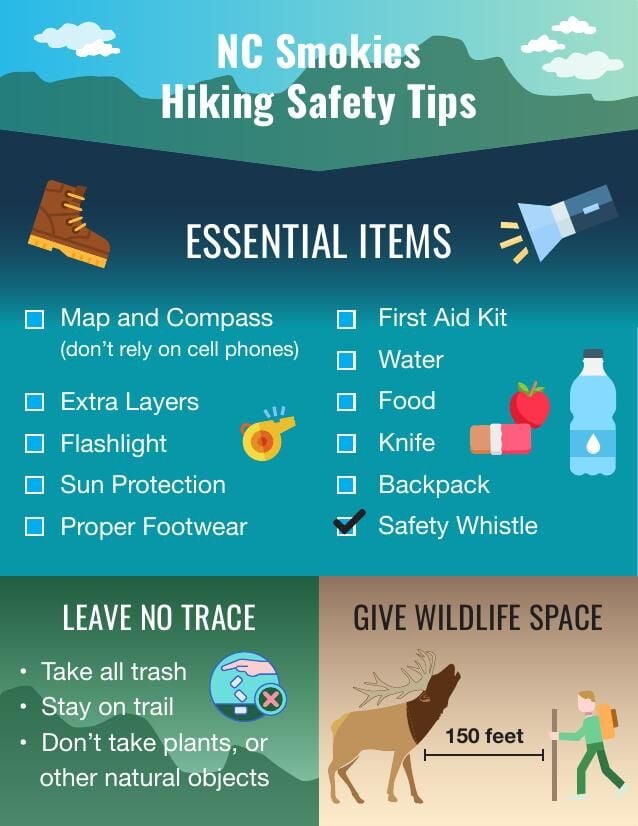The Versatility of Converse Shoes
Converse shoes, an iconic symbol of popular culture, are renowned for their stylish and minimalist design. Originally introduced in the early 20th century, these shoes have transcended their initial purpose as a basketball shoe and have become a versatile wardrobe staple for people worldwide. The classic Chuck Taylor All Star model, with its canvas upper and rubber sole, has been customized and reinvented in various colors, patterns, and materials, making it a popular choice for casual wear.
When considering hiking footwear, the necessity of a reliable and comfortable shoe is of utmost importance. Hiking involves traversing diverse terrains, from well-trodden trails to rugged landscapes, and the right footwear can significantly impact the overall hiking experience. This brings us to the question: are Converse shoes good for hiking? This article will delve into the suitability of Converse shoes for hiking, considering their design, construction, and real-life experiences of users.
Understanding Hiking Requirements: Comfort and Protection
When engaging in hiking activities, selecting the appropriate footwear is crucial for a safe, comfortable, and enjoyable experience. Hiking footwear should ideally provide a balance between comfort, support, protection, and traction. Comfort is essential, as ill-fitting or uncomfortable shoes can lead to blisters, foot pain, and reduced enjoyment of the hike. Support, in terms of arch support and ankle stability, is also vital to prevent injuries and ensure proper foot alignment during long walks.
Protection is another key factor to consider when evaluating hiking footwear. Protective features, such as a sturdy toe box and robust materials, can safeguard the feet from potential hazards, such as rocks, roots, and other sharp objects. Traction is also crucial for navigating various terrains, especially when hiking uphill or downhill, where slipping and falling can be dangerous. With these requirements in mind, we now turn our attention to Converse shoes and assess their suitability for hiking.
Converse Shoes: A Closer Look at Design and Construction
Converse shoes, particularly the Chuck Taylor All Star model, are known for their distinctive design and construction. The upper portion of the shoe is typically made of canvas, a lightweight and breathable material, which can be both an advantage and a disadvantage for hiking. While the canvas allows for good air circulation, it may not provide the necessary water resistance required for wet or muddy trails.
The rubber sole of Converse shoes is another essential feature to consider. Rubber provides decent traction on dry surfaces, but it may not perform as well on wet or slippery terrains. Additionally, the minimalist design of Converse shoes, featuring a flat and thin outsole, may not offer the same level of support and cushioning as dedicated hiking footwear. The lack of ankle support and arch support can be a concern for hikers, particularly on longer or more challenging trails.
Real-Life Experiences: Converse Shoes on the Trail
To better understand the suitability of Converse shoes for hiking, it is helpful to consider real-life experiences and user reviews from individuals who have used them on the trail. While some hikers have reported positive experiences, others have identified potential drawbacks.
Supporters of Converse shoes for hiking appreciate their lightweight and breathable design, which can be beneficial on shorter, drier hikes. The minimalist design and flexibility of Converse shoes can also provide a more “natural” walking experience, allowing hikers to feel more connected to the terrain. However, detractors argue that the canvas upper offers little protection against water, rocks, and other trail hazards, and the minimal cushioning and support can lead to foot fatigue and discomfort on longer hikes.
Expert Opinions: What the Professionals Say
Seeking the advice of professionals and experts in the field of hiking and outdoor gear can provide valuable insights when evaluating the suitability of Converse shoes for hiking. Professional hikers, outdoor gear reviewers, and footwear specialists offer varying perspectives on the use of Converse shoes for hiking.
Professional hikers generally advise against using Converse shoes for hiking, citing concerns about insufficient support, protection, and traction. They emphasize the importance of these factors in preventing injuries and ensuring a comfortable hiking experience, especially on longer or more challenging trails. However, some hikers may still choose to use Converse shoes for shorter, less strenuous hikes, where the minimalist design and lightweight nature of the shoes can be an advantage.
Outdoor gear reviewers and footwear specialists often highlight the limitations of Converse shoes for hiking, pointing out their lack of water resistance, ankle support, and protective features. Nevertheless, they acknowledge the shoes’ appeal due to their style, affordability, and versatility. Some reviewers suggest that Converse shoes might be suitable for very casual hikers or urban walking, but they generally do not recommend them for serious hiking activities.
Comparing Converse Shoes with Dedicated Hiking Footwear
To fully understand whether Converse shoes are suitable for hiking, it is essential to compare them with dedicated hiking footwear in terms of design, features, and performance. This comparison will help highlight the advantages and disadvantages of both types of shoes in various hiking scenarios.
Dedicated hiking footwear, such as hiking boots and trail shoes, is specifically designed to meet the demands of hiking. These shoes typically feature waterproof materials, robust construction, aggressive tread patterns, and enhanced ankle and arch support. All these features contribute to improved protection, traction, and stability on the trail. In contrast, Converse shoes offer a minimalist design, lightweight construction, and a flat, smooth outsole, which may not provide the same level of protection, traction, or support as dedicated hiking footwear.
When considering different hiking scenarios, the suitability of Converse shoes becomes more apparent in some situations than others. For example, Converse shoes might be suitable for short, casual hikes on well-maintained, dry trails where water resistance and ankle support are less critical. However, for longer, more challenging hikes, or hikes involving wet, muddy, or rugged terrains, dedicated hiking footwear is generally recommended due to their superior performance in these conditions.
How to Improve Converse Shoes for Hiking
While Converse shoes may not be the ideal choice for hiking due to their minimalist design and lack of specific hiking features, there are modifications and accessories that can enhance their performance for this activity. By making these improvements, hikers can better balance style, comfort, and safety when using Converse shoes on the trail.
- Extra Cushioning: Adding additional cushioning, such as foam or gel inserts, can improve shock absorption and provide extra comfort during long hikes. This modification can help compensate for the minimalist design of Converse shoes and reduce the risk of foot fatigue.
- Waterproofing Sprays: Applying waterproofing sprays to the canvas upper of Converse shoes can help protect them against moisture and wet conditions. While this treatment does not provide the same level of water resistance as dedicated hiking footwear, it can improve the shoes’ performance in light rain or dew-covered trails.
- Specialized Insoles: Incorporating specialized insoles designed for hiking can enhance arch support, cushioning, and moisture management in Converse shoes. These insoles can help improve overall foot comfort and stability during hikes.
- Traction Enhancement: Using traction-enhancing products, such as adhesive grip pads or spray-on traction treatments, can improve the grip of Converse shoes on various surfaces. This modification can help compensate for the flat, smooth outsole of the shoes and provide better traction on wet or slippery trails.
It is essential to remember that these modifications and accessories can only partially address the limitations of Converse shoes for hiking. While they can improve comfort, protection, and traction, they do not provide the same level of performance and safety as dedicated hiking footwear. Hikers should carefully weigh the benefits and drawbacks before deciding to use Converse shoes for hiking, considering their unique needs, preferences, and priorities.
Making an Informed Decision: Balancing Style, Comfort, and Safety
In conclusion, when considering the question “are Converse good for hiking,” it is essential to weigh the pros and cons based on the unique needs, preferences, and priorities of each hiker. While Converse shoes offer a stylish and comfortable option for casual wear, their minimalist design and lack of specific hiking features may not make them the best choice for serious hiking activities.
Comfort and protection are crucial factors when selecting hiking footwear. Dedicated hiking footwear, such as hiking boots and trail shoes, typically provides superior protection, traction, and support compared to Converse shoes. However, some hikers may still choose to use Converse shoes for short, casual hikes on well-maintained, dry trails where water resistance and ankle support are less critical.
For those determined to use Converse shoes for hiking, modifications and accessories, such as extra cushioning, waterproofing sprays, specialized insoles, and traction enhancement, can help improve their performance on the trail. However, it is essential to remember that these improvements do not provide the same level of protection and performance as dedicated hiking footwear.
Ultimately, hikers should prioritize safety and comfort when choosing footwear for their outdoor adventures. By carefully considering the unique demands of each hiking scenario and the essential features required in hiking footwear, hikers can make informed decisions that best meet their needs, preferences, and priorities.








